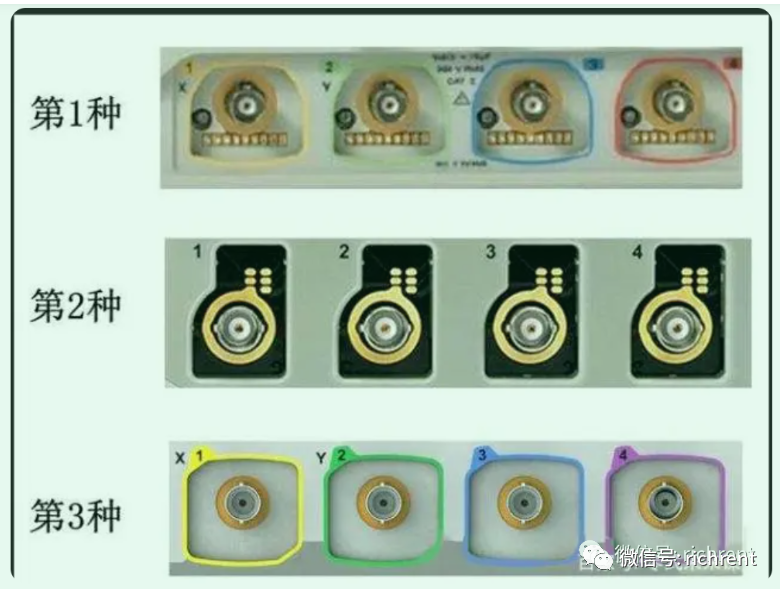Oscilloscope probes come in many types based on electrical performance and usage scenarios (as shown in the figure below). However, their interface types mainly depend on the design of the oscilloscope’s input channels and the compatibility of the probes. Below are common interface types and their characteristics:
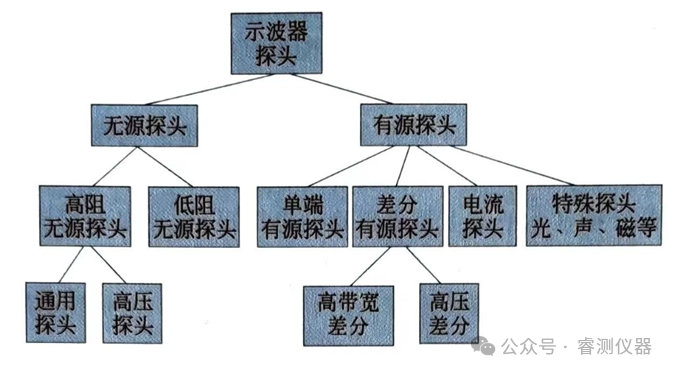
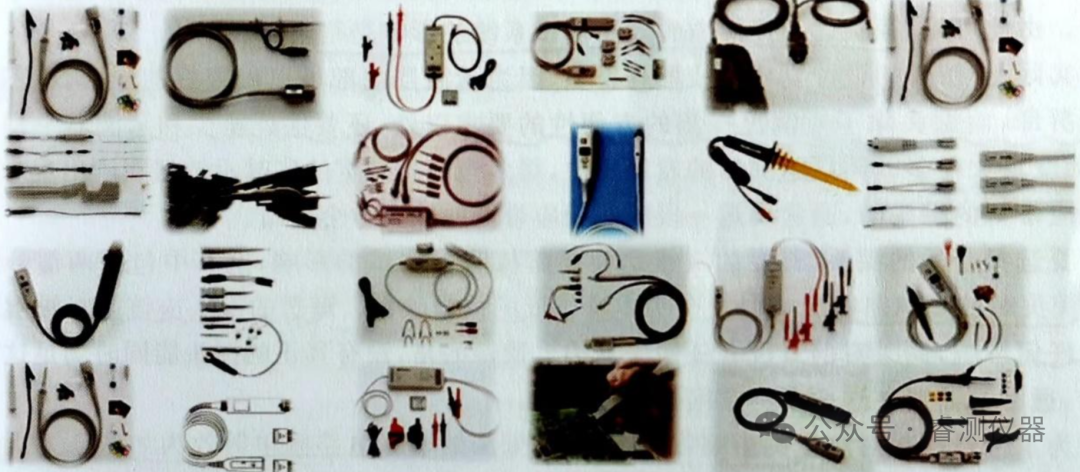
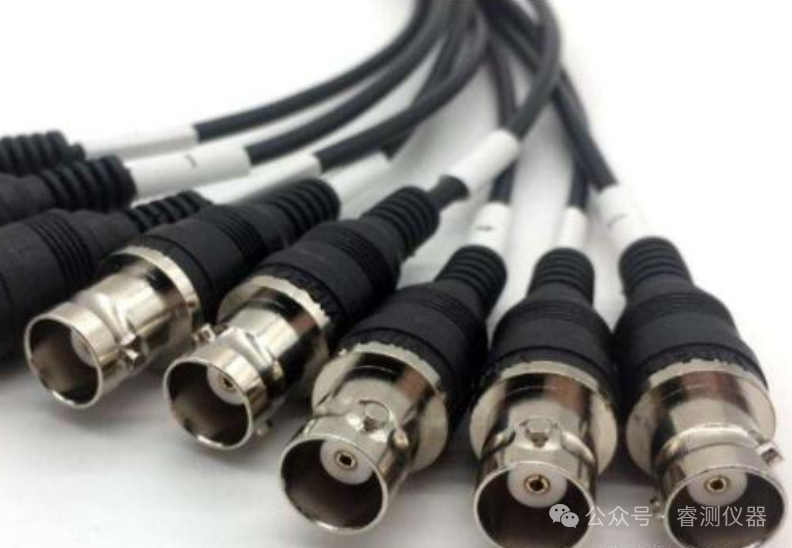
1.BNC Interface
-
Most Common Type, widely used in general-purpose oscilloscopes. It is one of the most common interface types, with good electrical performance and shielding effect, capable of providing stable signal transmission. It is typically used to connect the oscilloscope’s channel input and probes, suitable for measuring signals across various frequency ranges. Oscilloscope probes are fundamentally based on the BNC interface, with some manufacturers innovating and modifying the BNC interface to better meet their testing needs. This means that while using the BNC connector, an additional analog coding scale coefficient detection pin is provided, allowing for automatic identification of the probe ratio, enabling compatible oscilloscopes to automatically detect and change the vertical attenuation range displayed on the oscilloscope.
-
Characteristics:
-
Bayonet design (rotating lock, anti-fall).
-
Impedance typically 50Ω or 1MΩ (must match oscilloscope input impedance, as shown in the figure below).
-
Bandwidth can reach hundreds of MHz to GHz levels (high-end probes).
-
Applicable Scenarios: Most desktop oscilloscopes (such as Keysight, Tektronix, Rigol, etc.).
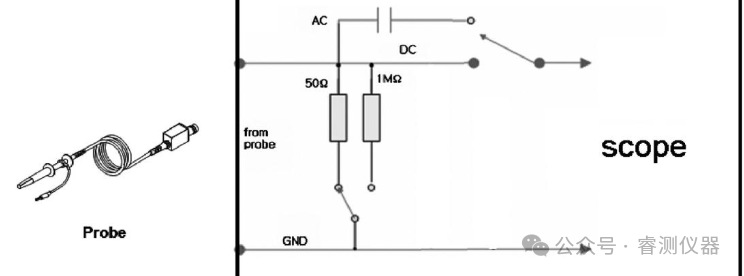
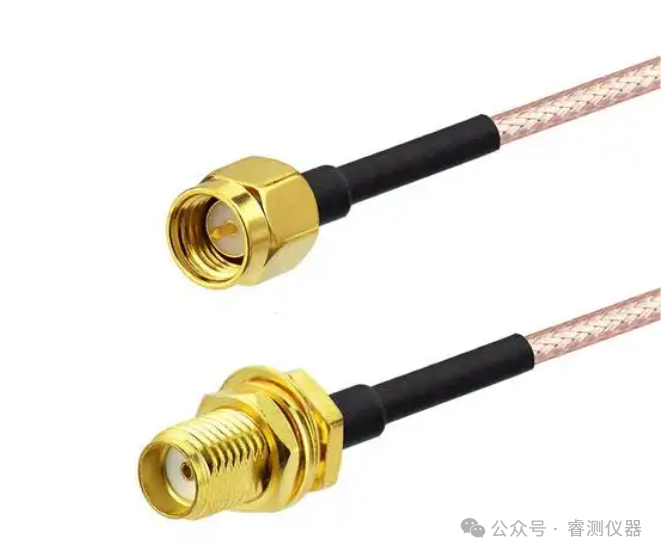
2.SMA Interface
-
High-Frequency Applications, commonly found in RF or high-speed digital measurements. The SMA interface is also a commonly used high-frequency interface, with a smaller size and higher frequency response capability, suitable for measuring high-speed signals and microwave bands. Compared to the BNC interface, the SMA interface has better impedance matching, which can reduce signal reflection and distortion.
-
Characteristics:
-
Screw connection, high stability.
-
Impedance typically 50Ω, supports higher bandwidth (above GHz).
-
Applicable Scenarios: High-frequency oscilloscopes, spectrum analyzers, or special high-speed probes.
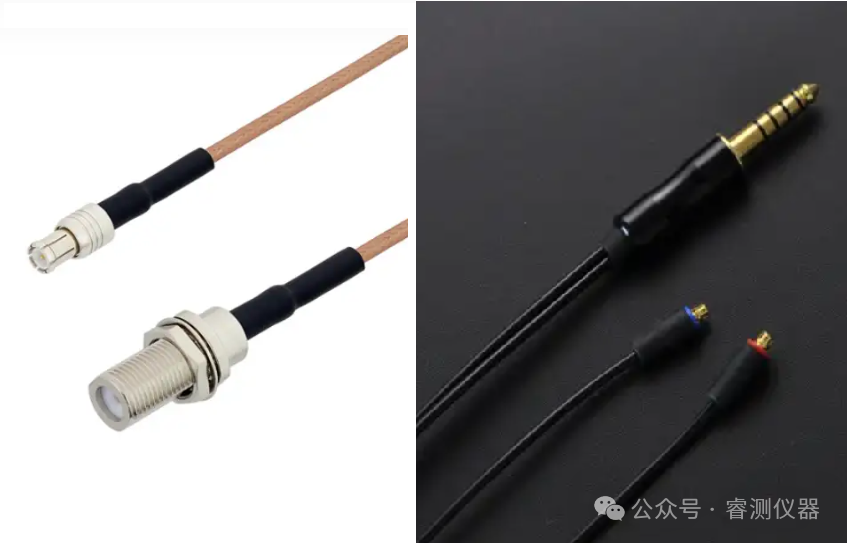
3.Micro Interfaces (e.g., MCX, MMCX)
-
Compact Devices, used in portable or space-constrained scenarios.
-
Characteristics:
-
Small size, easy to plug and unplug.
-
Bandwidth and impedance vary by model.
-
Applicable Scenarios: Handheld oscilloscopes or embedded testing.
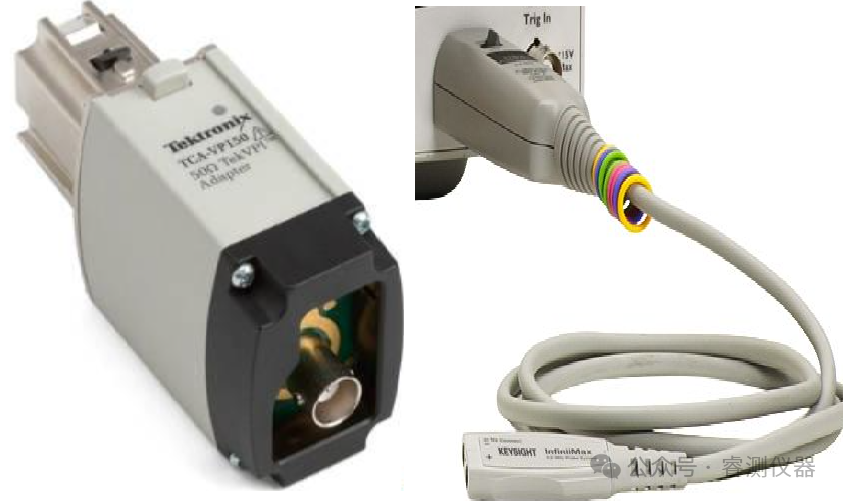
4.Dedicated Interfaces
-
Specific Brands/Models of probes may use unique interfaces, such as:
-
TekVPI (Tektronix Variable Probe Interface): supports automatic identification and power supply.
-
Keysight InfiniiMax: for high-speed differential probes.
-
Characteristics:
-
Integrated power supply, communication, or automatic calibration functions.
-
Limited compatibility (must match with specific oscilloscopes).
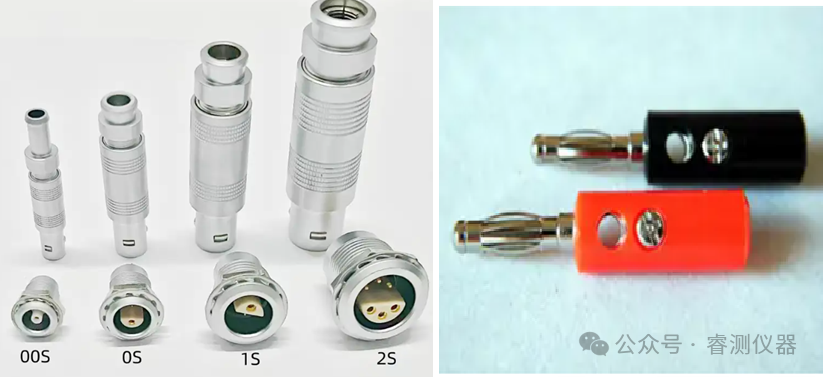
5.Other Variants
-
LEMO Interface: High reliability for industrial or military applications.
-
Banana Plug: Older equipment or low-voltage measurements, now less common.
-
Depending on whether powered, can be divided into active probes and passive probes. Oscilloscope probes are fundamentally based on the BNC interface, with some manufacturers innovating and modifying the BNC interface to better meet their testing needs. This means that while using the BNC connector, an additional analog coding scale coefficient detection pin is provided, allowing for automatic identification of the probe ratio, enabling compatible oscilloscopes to automatically detect and change the vertical attenuation range displayed on the oscilloscope.
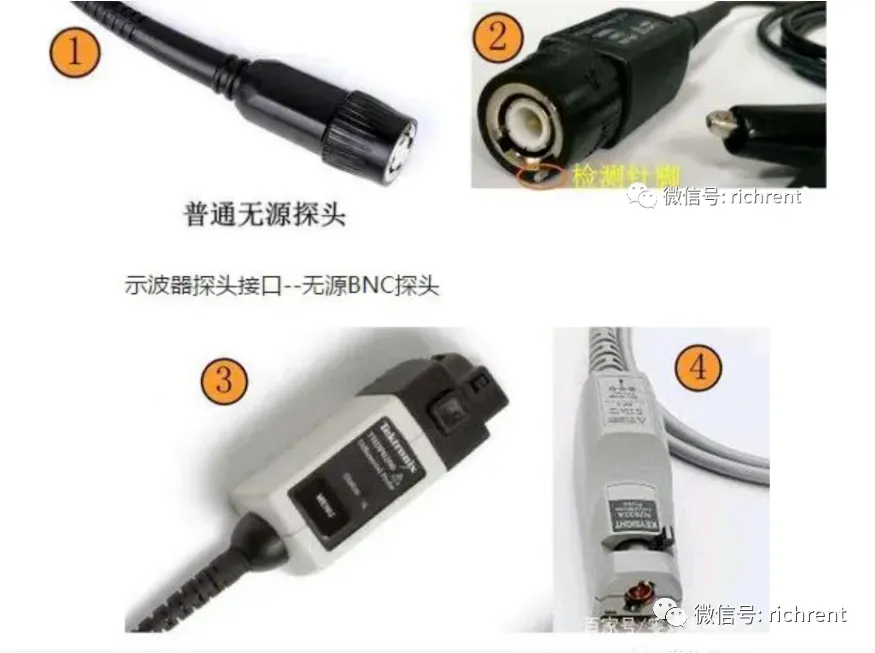
6.How to Determine What Type of Probe is Usable with an Oscilloscope
-
The figure below shows three common types of oscilloscope input interfaces available on the market. Different interfaces support different types of probes. The first and second types are specially designed BNC interfaces in terms of structure and function, while the third type is a standard ordinary BNC interface. Which types of probes can these three oscilloscope interfaces be compatible with? How can we specifically determine the types of probes supported by the oscilloscope input interface?
-
Standard passive BNC probes do not require power, so they can be used with most oscilloscope input interfaces, such as the third type;
-
If the power supply for active BNC probes is designed within the probe’s internal structure and matches the oscilloscope input, this type is only suitable for compatible oscilloscope inputs.
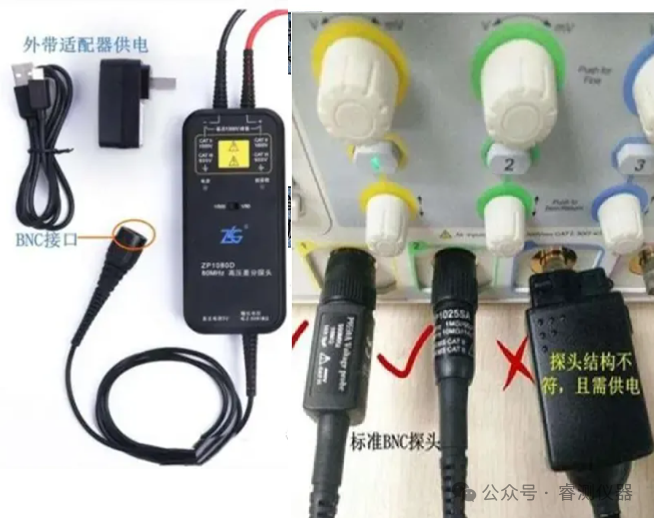
6.How to Determine What Type of Probe is Usable with an Oscilloscope
Selection Considerations:
-
Impedance Matching: 50Ω (high-frequency signals) or 1MΩ (general measurements). Some active BNC probes have specific requirements for the oscilloscope’s input load impedance, so it is necessary to check the probe’s manual to understand its requirements for the oscilloscope’s input impedance. If the input impedance does not match, it may lead to signal amplitude attenuation.
-
Bandwidth: Probe bandwidth must be ≥ oscilloscope bandwidth.
-
Physical Compatibility: Confirm that the interface type matches the oscilloscope (e.g., BNC to SMA adapters may affect the signal).
-
Special Functions: Such as differential probes, high-voltage isolation probes, etc., require dedicated interface support.
For standard BNC interfaces, all brands of oscilloscopes can be used interchangeably. However, for probes with special appearances and structures, they generally have dedicated interfaces that can only be used with a specific brand, or even a specific series of oscilloscopes from that brand. Additionally, these probes are generally expensive, and if you switch oscilloscope brands or models, all probes will become obsolete. This is largely a market strategy to increase the difficulty and cost of switching by leveraging probes. Therefore, when purchasing oscilloscope probes, whether for economic reasons or long-term strategy, we recommend probes with universal interfaces.

Scan the QR code

Follow Us
Business|Instrument Rental, Sales, Maintenance
Phone|Yang 13912605605
-
Email|[email protected]
Address|Suzhou, Shanghai, Shenzhen, Nanjing
